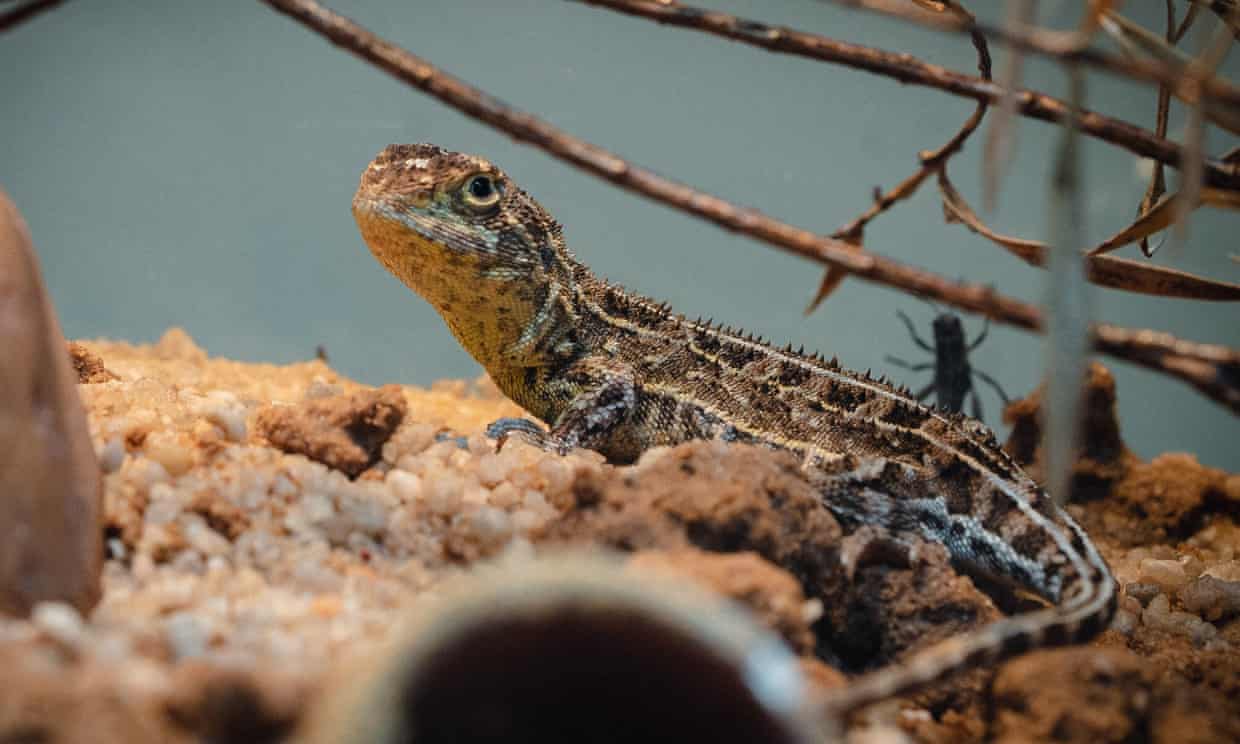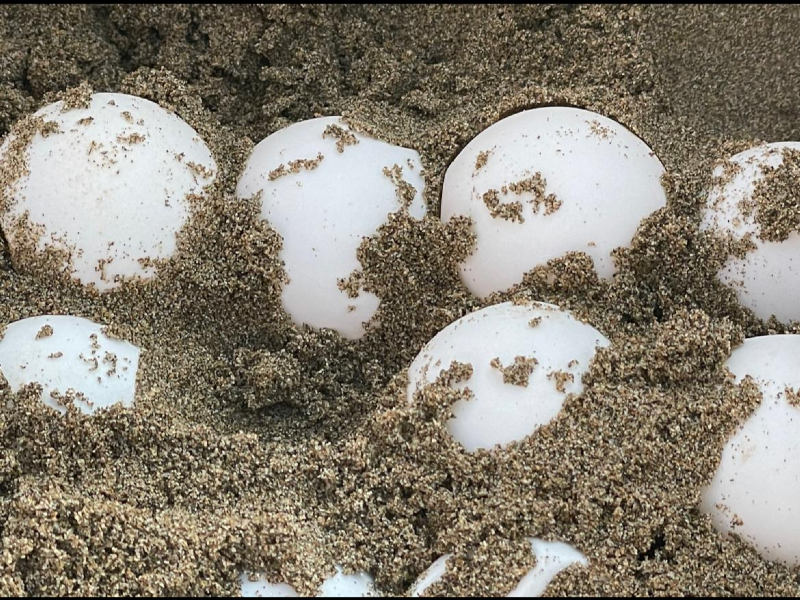A tiny earless dragon feared to be extinct in the wild has been sighted for the first time in more than 50 years – at a location that is being kept secret to help preservation efforts. Leer más.







A tiny earless dragon feared to be extinct in the wild has been sighted for the first time in more than 50 years – at a location that is being kept secret to help preservation efforts. Leer más.

We suggest that linking high GC number with female development improves female reproductive potential and provides an adaptive advantage for TSD. Leer más.
Aquest cap de setmana s’han localitzat dos nous nius de tortuga careta (Caretta caretta) a la costa catalana. Amb aquests ja són quatre els nius d’aquesta espècie en perill d’extinció que es troben a la costa catalana aquesta temporada. Els nius s’han trobat al delta de l’Ebre, on fa poc ja es va descobrir un primer niu, i a Malgrat de Mar. Leer más.

El ojo avizor de la fauna cántabra ·
Los pequeños dragones acuáticos se encuentran estos meses en pleno ciclo reproductor en las charcas y los abrevaderos de Cantabria. Son animales de sangre fría, que dependen del exterior para regular su temperatura y están adaptados tanto al medio acuático como al terrestre. Leer más.
-k8dF-U200624240482QeC-758x531@Diario%20Montanes.jpg)
Nuevo animal hallado en Perú. Una inédita especie de rana de cristal fue descubierta en Huánuco y fue denominada Chimerella mira. Leer más.
